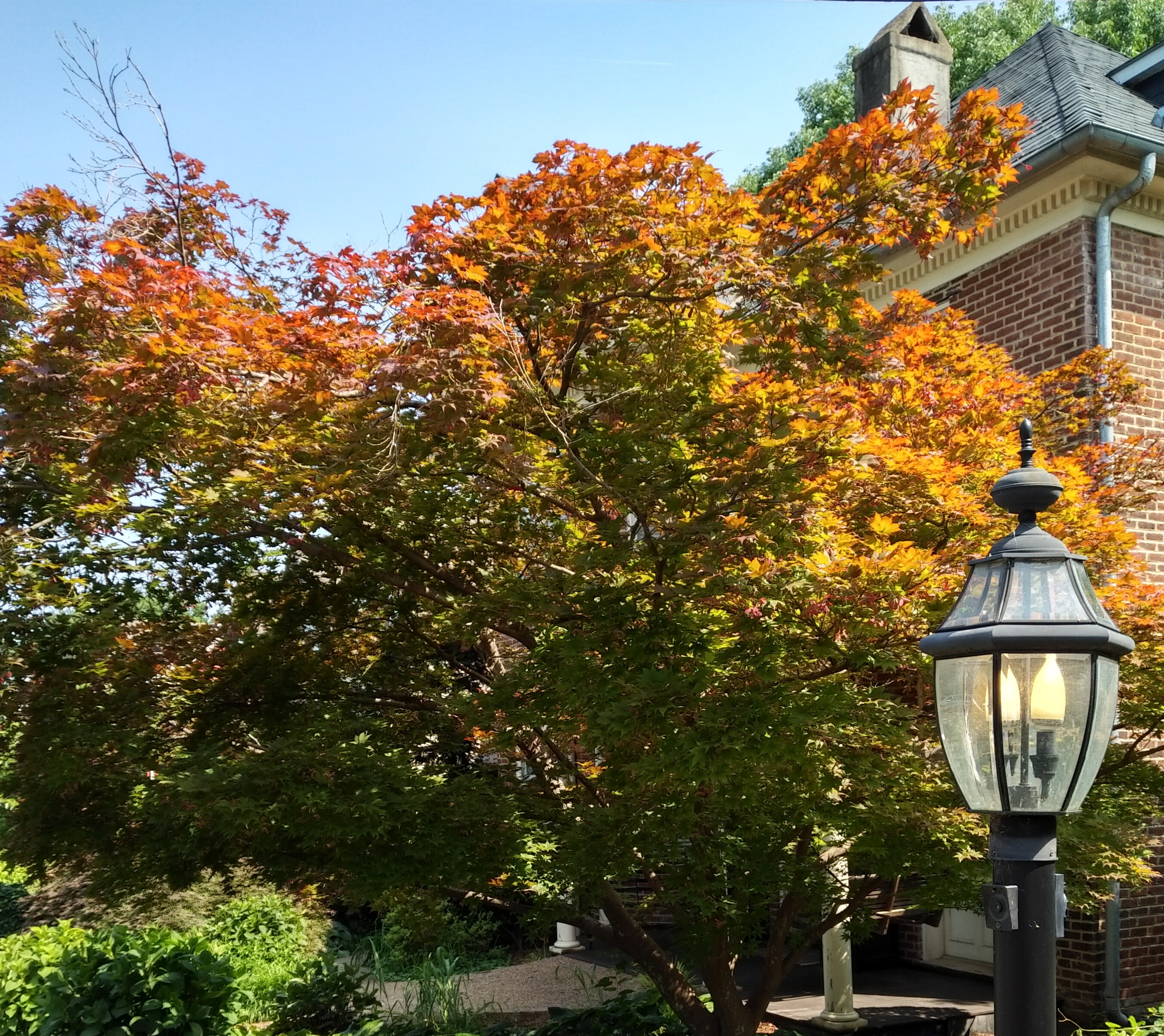
Saul Griffith wants to point out something that we in the science and engineering community have known for awhile: we already have the technology to solve climate change, we just lack the political will. Griffith’s new book, Rewiring America, is a deep dive into one course of action that would eliminate most fossil fuels from the American economy by 2035 and save households bundles of cash in the process.
I started engineering school in 2005, and while there was a growing amount of research into alternative energy at the time, we already had a pretty good idea of what would be needed to transition our economy away from carbon-heavy resources: electrify everything. Fifteen years later, the costs of solar, wind, and electric vehicle technologies have fallen exponentially. The best time to start investing in electrifying everything was during the 70s oil crisis. The next best time is now. As atmospheric carbon concentrations grow, we need to accelerate our efforts to decarbonize. Griffith and OtherLab‘s extensive analysis of US energy distribution shows the gains that can be made quickly by electrification.
One thing often ignored by opponents of climate action, but thoroughly explored in Rewiring America, is that electric motors and generation systems have a much higher overall efficiency than systems dependent on fossil fuels. Just by switching our current lifestyle to all electric, our overall energy consumption would drop by half in the United States.

Most of my quibbles with this book are because I’m not the target audience of the book. I don’t need convincing that climate change is serious and that we have to do something about it. I’m incredulous about Griffith’s claims that we don’t have to change our lifestyle or his handwaving with regard to the availability of certain critical materials, but Griffith is trying to reach out to the people on the fence who’ve been told by deniers that climate change is either a hoax or is too expensive to tackle. These climate delayers are a bigger problem than climate deniers, since the vehement denial of climate change is coming from a very small segment of the population. Most people agree that there is a problem, but don’t want to take action because they don’t believe it will affect them personally. Griffith skirts around equity and monopoly power while pouring on a heavy coating of patriotism to appeal to this audience that is on the fence about taking action on climate change.
One of the least appealing parts of the book was the incessant call for a war effort and lauding American exceptionalism. Griffith certainly isn’t the first to use this language, but it is getting a little old, not just for me. The book is US-centric, with only occasional references to what could happen worldwide, but we’re also the only country with a major political party that denies the science of climate change. We need this book more than anyone else right now.

Most people want the same basic things, but in the current polarized political environment we don’t even speak the same language. I think Griffith is doing a good job of trying to bridge this gap by focusing on the no-compromises parts of the energy transition: cleaner air, quieter cities, and more comfortable living. As a solarpunk, I don’t think we can ignore the equity or the structural problems that lead to the climate crisis to begin with, but Griffith’s plan gives us a starting point to have an honest conversation about climate action.
Have you read Rewiring America? Do you think it has the potential to kick people off the sidelines of climate action?




 An apartment building in Charlottesville
An apartment building in Charlottesville The Horizon of Predictability from
The Horizon of Predictability from  Where the sidewalk ends
Where the sidewalk ends













